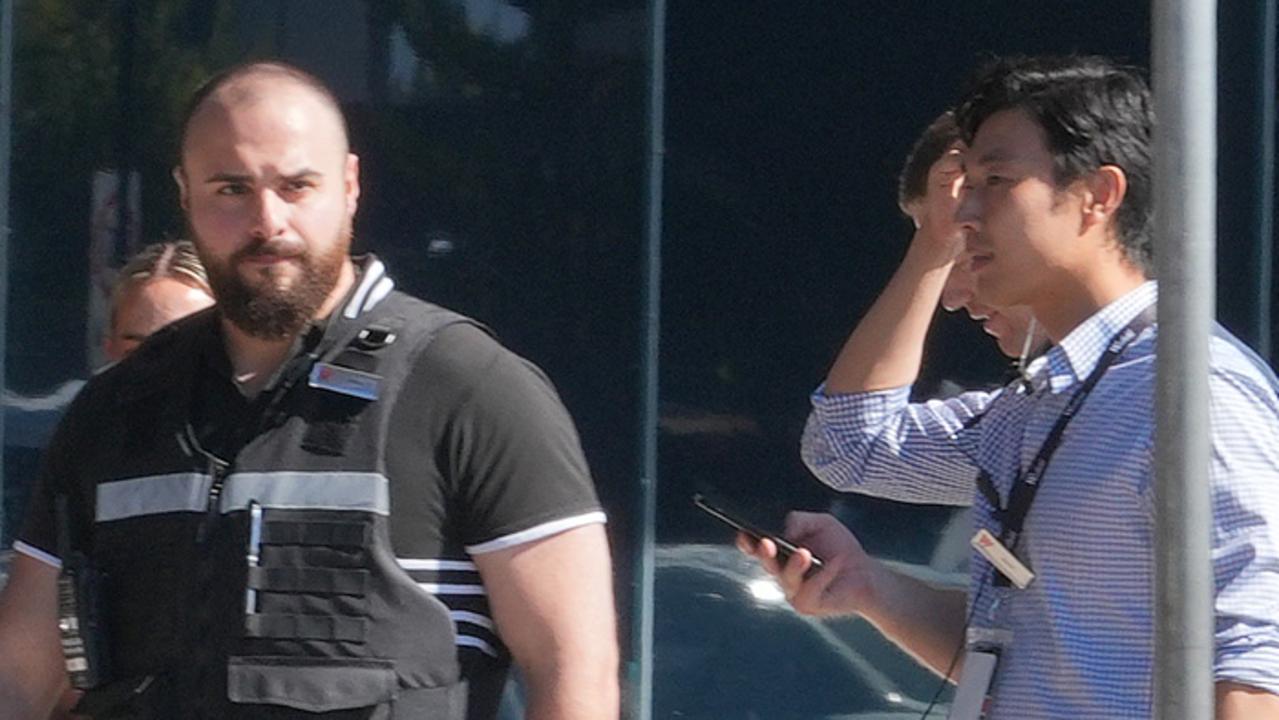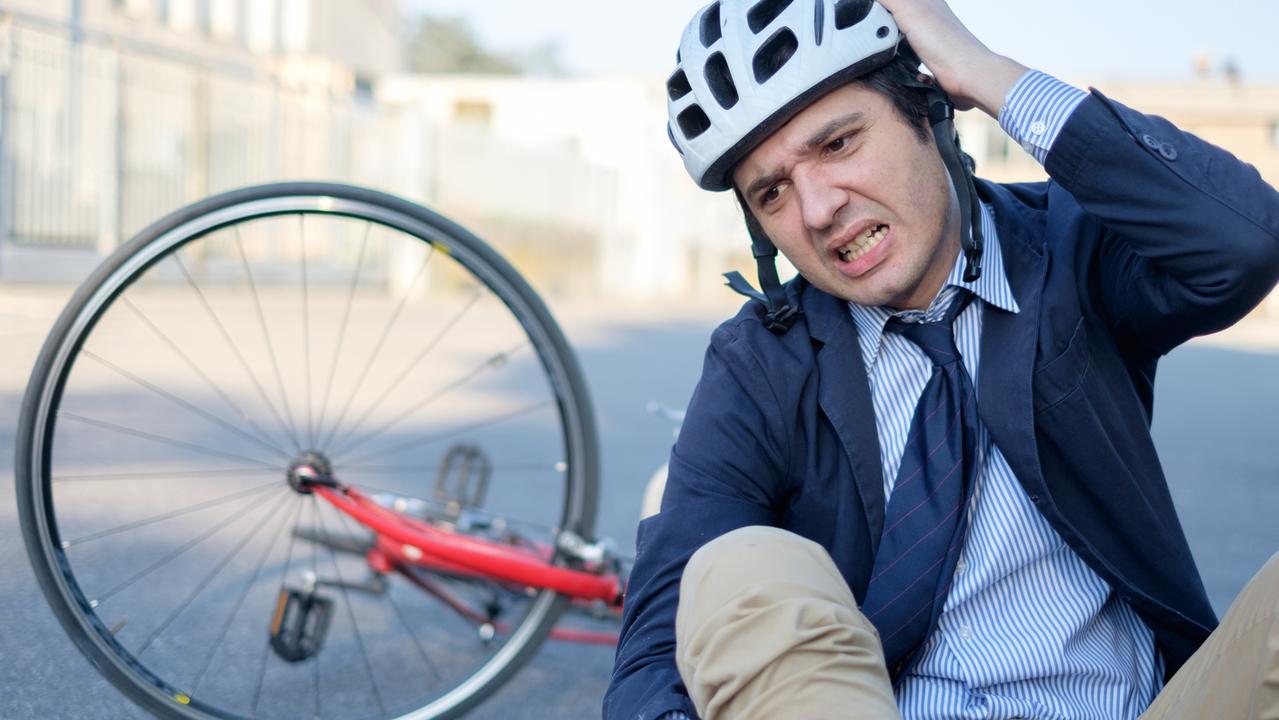SA woman Sandra D lived through the Indian Ocean tsunami in 2004
It’s been 20 years since a tsunami devastated the Indian Ocean coastline on Boxing Day but for Sandra, the memories are unforgettable. For the first time she has shared her story of survival.
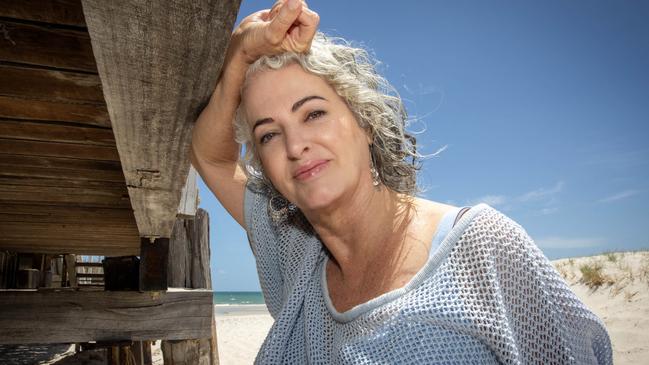
SA News
Don't miss out on the headlines from SA News. Followed categories will be added to My News.
After watching the report of the recent Vanuatu earthquake and witnessing the footage of the pool erupting and the unmistakeable panic in their voices, I was immediately transported back to the Boxing Day tsunami almost 20 years ago.
I was compelled to write. I was not planning to write, in fact I was trying not to think about it, but it is still there, deep in my psyche and with each Boxing Day there is always a feeling of grief and great sadness, and perhaps an element of survivor guilt.
My response was too strong to ignore so here I am recounting the events that I for so long have kept private and untold.
At the time I didn’t know what a tsunami was. I just remembered I was in complete awe as I sat perched upon the roof of a small, family-owned, double-storey hotel situated on the seafront in Hikkaduwa, a beautiful, protected bay on the southwest coast of Sri Lanka. Now the word tsunami is forever imprinted.
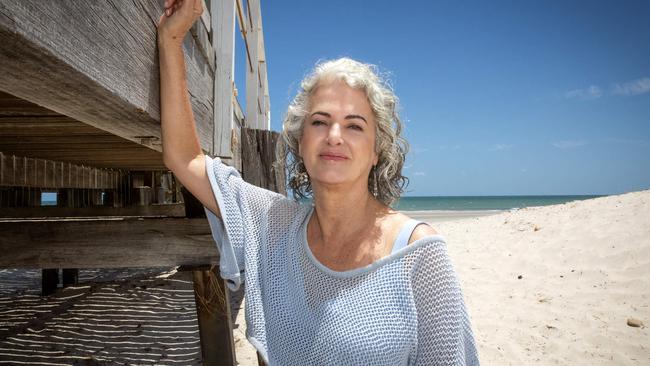
Our decision to go to Sri Lanka was made on the spur of the moment due to cheap flights available and myself and my partner at the time wanted to have a vacation from the country we were working in.
We found an idyllic paradise at Hikkaduwa, a beautiful surfing beach. The shallow waters of Hikkaduwa Beach shelter the Hikkaduwa National Park, which is a coral sanctuary and home to marine turtles and exotic fish. We spent our previous days swimming and hand feeding these gentle turtles with sea grass.
Boxing Day was a Sunday morning, and a major earthquake struck off the west coast of northern Sumatra at 07:58:53 local time. In Hikkaduwa, the morning was glorious and so peaceful. It seemed like another perfect day, sunny with a slight breeze and the water was flat and calm, gently lapping at the shore. I have since found out this was in fact a warning as all the bird life had already taken flight.
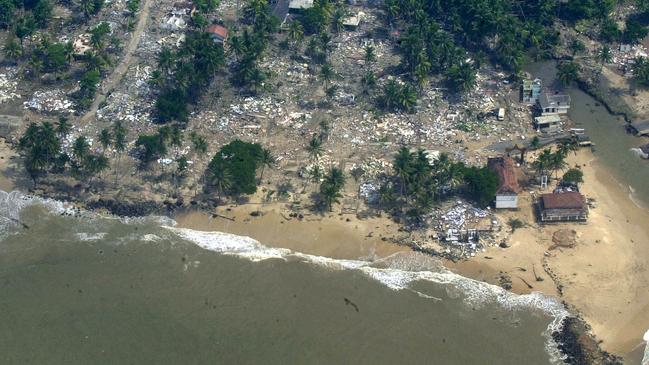
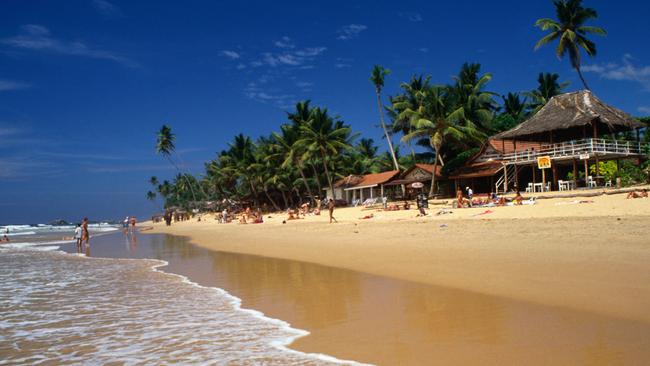
As I walked out to the shoreline, I noticed a family sitting down for breakfast. As I looked further down at the beach there was a young family of loving parents attending to their two young kids, fitting them with flotation devices. The young mother was glowing with a round belly protruding from her white crochet string bikini.
I stopped at the sunbed to offload all the usual essentials of hat, drink bottle, sarong and book. I walked into the water which had a steep decline and soon up to my shoulders. My then partner came down for a swim earlier and was ready to get out for the Boxing Day match broadcast.
I followed shortly after and as I reached down for my sarong, I noticed that the heavy sunbeds were now floating and closing in on my legs. At this point I heard “run! run!” from my partner standing on the balcony. As I ran past the breakfast crew, I could see them reaching down for their sodden beach bags, then the whole table being smashed up against the wall as the first waves struck.
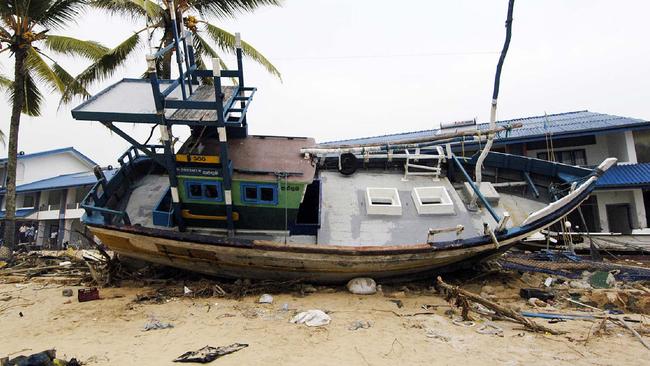
I reached the concrete staircase which was situated on the side of the building and my partner dragged me up as the staircase began collapsing from the sheer force of water tearing at the structure.
It happened so quickly, and it was not clear what was happening. It was approximately 9.30am local time in Hikkaduwa and a massive volume of sea water as clear as glass appeared like a flood raging inland. We stood on the first-floor balcony and watched in utter disbelief as land became sea.
Nearby houses and buildings folded like a house of cards, and we could hear the roar of the water, glass smashing and man-made structures being ripped apart.
Soon we could hear the screeching animals and the harrowing screams from people who had woken from their slumber, submerged underwater in their rooms and had to either climb out or swim out. Many of these people were naked, hanging on the palms tree screaming “Oh god! Oh god!”
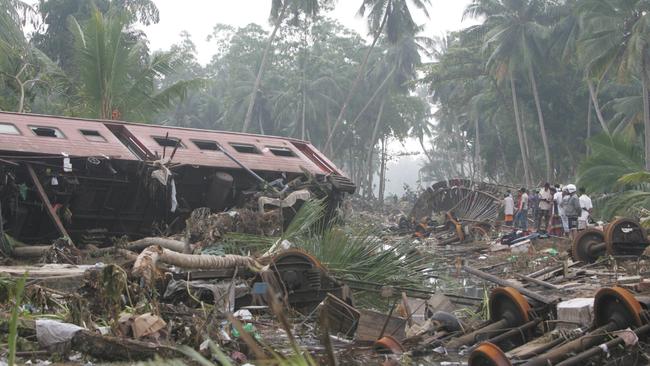
I know my jaw was wide open as I truly experienced awe and when my partner, a geography teacher explained it must be a tsunami caused by an earthquake somewhere, I closed my aching mouth.
This amazement turned to fear with the realisation that the water level was rising so fast. We needed to get higher. Luckily, we located a ladder and were able to climb on the roof. Eventually after 30 minutes of influx the tide slowed down to a halt. All noises had ceased, and the water level reached 4.7m in Hikkaduwa. The large deluge flooding the land came to a stop and then began retreating and the once glassy water was opaque with debris, carrying with it anything that wasn’t bolted down. Cars and buses full of people, buildings, furniture, anything and everything.
I remember feeling so powerless and incapable of helping as we watched people hanging on to furniture being dragged out to sea. Over the course of the next 30 minutes the water kept receding until the ocean floor was exposed as far as the eye could see, exposing the coral sanctuary.
Everybody had the instinct to run to higher ground. We climbed down from the roof, stopped in our room and reached for the soggy suitcases that had been thrown on top of the wardrobe. Here we put on shoes, gathered essentials like passport, wallet etc. and left the hotel to find complete destruction.
Buildings disintegrated into rubble with wood, wire, electrical cables, smashed glass and twisted shards of metal everywhere. Cars in trees, boats upside and buses overturned. We ran through debris and pools of water and arrived at the Rock House Hotel; a hotel built on the side of a cliff. We could see the watermark up the driveway almost to the hotel, and this became the emergency accommodation for tourists. The first flood was followed by a second and third of lesser force.
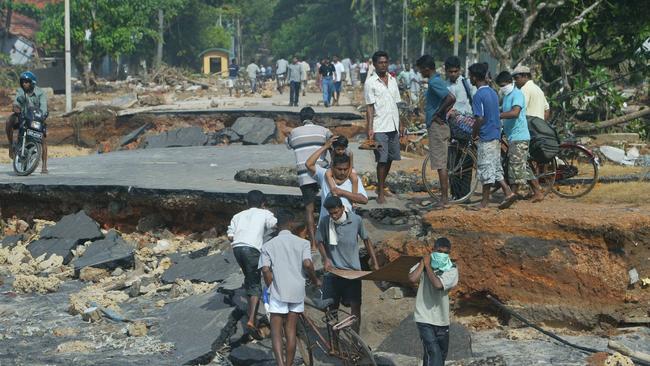
The Sri Lankans were grieving yet they welcomed us, and we stayed here for eight days until the road was cleared. During this time people were arriving daily and the emotions were overwhelming. Many people dazed, injured and looking for their lost loved ones. There was so much carnage and at the Rock House the deceased Sri Lankans were taken elsewhere to make room for all the deceased tourists in a makeshift morgue.
I had not seen a dead body before and thought about the animation between life and death and how peaceful they now looked as we covered them with sheets. It wasn’t long before there was a smell of death as the bodies were rotting and began to swell and expand with gases in the warm and humid conditions.
Within a day or so officials helicoptered in to identify, photograph, and take dental records. Concurrently we understood we had to leave the bodies here to be buried in a mass grave.
Since we were uninjured because we had shoes on when we ran through the debris, we became one of a small team of pallbearers. I will never forget the walk, with what I thought was a large elderly deceased person, until I saw the single tie escaping the shroud belonging to the crotchet white bikini.
It hit me intensely that I was burying somebody’s mother, daughter, granddaughter, sister, aunty and friend and that they may never know the location of her final resting place. Or anyone else’s for that matter. This is what I struggled with for years.
For 20 years I have not wanted to talk about it. For many of those years I struggled to process why I was saved and to understand my place in the world. The tsunami was a life-changing experience; it led me to reassess my values and to return home and treasure my loved ones because I could. I am now glad I have revisited this traumatic event, and shone light on the suppressed emotions of this experience.
Writing this has help me find some kind of resolution and I wish peace for all those who might be struggling with past trauma. I also suggest not waiting 20 years.
More Coverage
Originally published as SA woman Sandra D lived through the Indian Ocean tsunami in 2004



